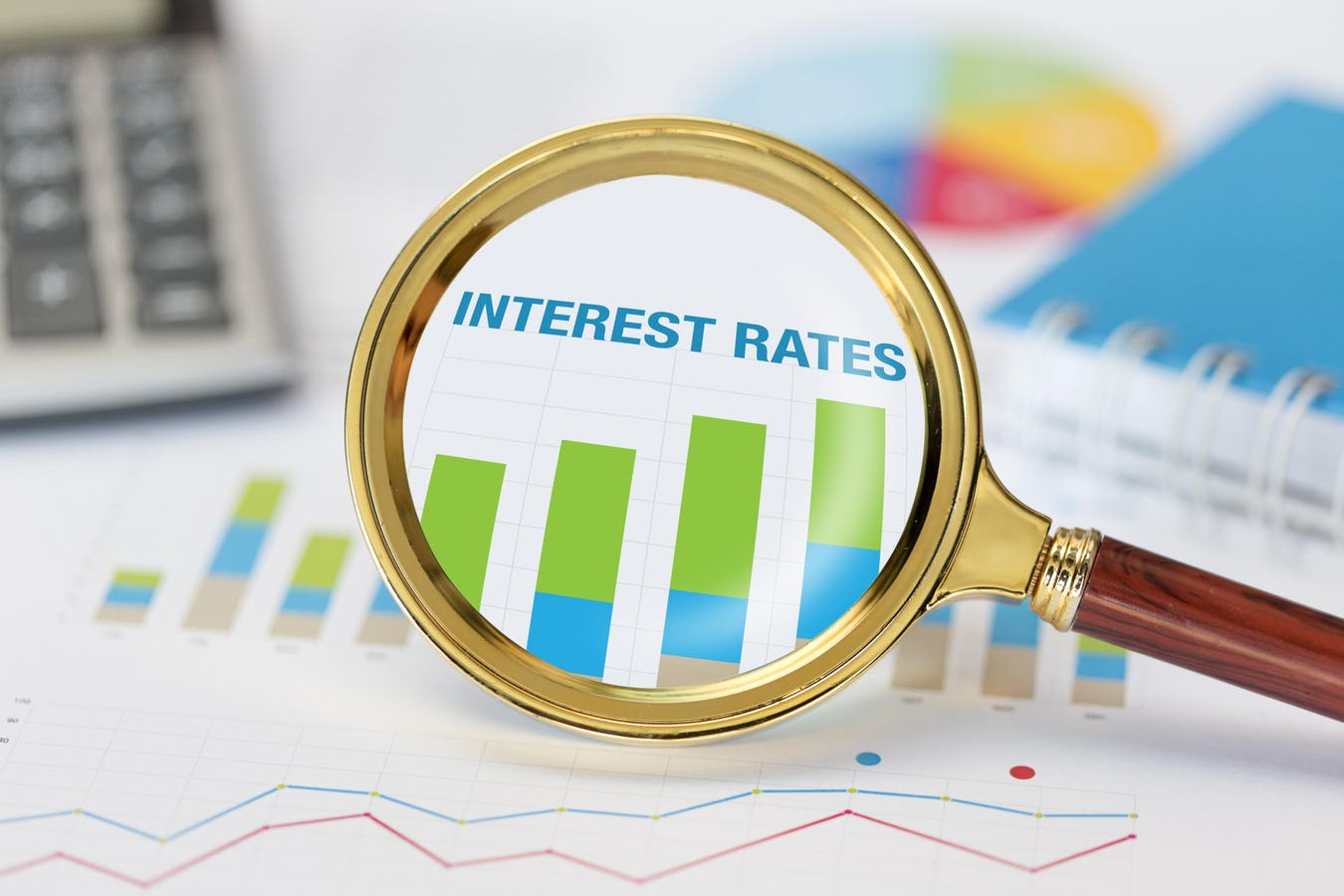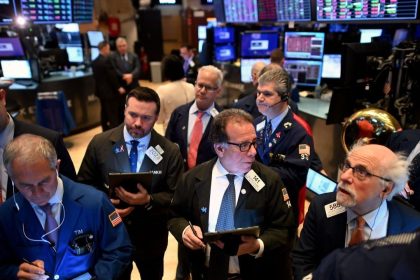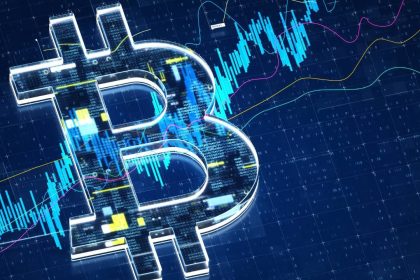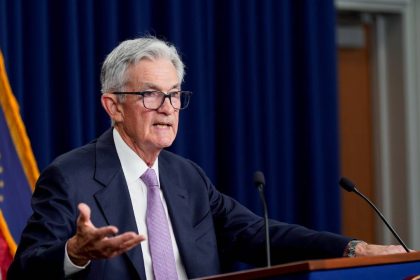It’s been a long time since the market was allowed to drive the U.S. economy. After the credit crunch global financial crisis it fell to the central banks to call the shots; pretty quickly that devolved into a political process, where central bank mandated targets were dissolved away by political imperatives.
This is where we sit now. In the U.S. that political imperative is, do not rock the boat before the November elections.
It is now a crime against humanity to try and influence elections. Influence is now interference and that is an unconscionable crime, so you can imagine a central bank is in a difficult position in the run up to an election.
The Romans thought a planetary procession as witnessed this year was a sign the gods had ordained a change in governance, but while a god might get away with such election interference, a mere central banker is looking at disaster in the face if they did anything to seem to pick a winner, like crash the stock market or make home loan holders feel richer.
Any central banker would therefore shy away from tough love up to an election and instead hold a steady and dull course till a new administration is confirmed, be it the old one or a new, old one.
So the following should not be unexpected:
The reverse repo is a good proxy for excess money supply. While the Fed has been tightening it has fallen in a straight line until that fall stopped. It means money supply tightening has stopped. I’m sure there are many ways to explain that away, but to me it just says that real money supply tightening has been halted because the best way to avoid an accident is to stop the journey.
What this means for the markets, interest rates and inflation is “hiatus.”
For those worried about a crash, that’s good news; for those betting on more boom time in the stock market, it’s not so great. Expect to see the balance of this disappear after the election, but from now to then expect a sideways, choppy trend in stocks and plenty of direct less noise.
Read the full article here


















